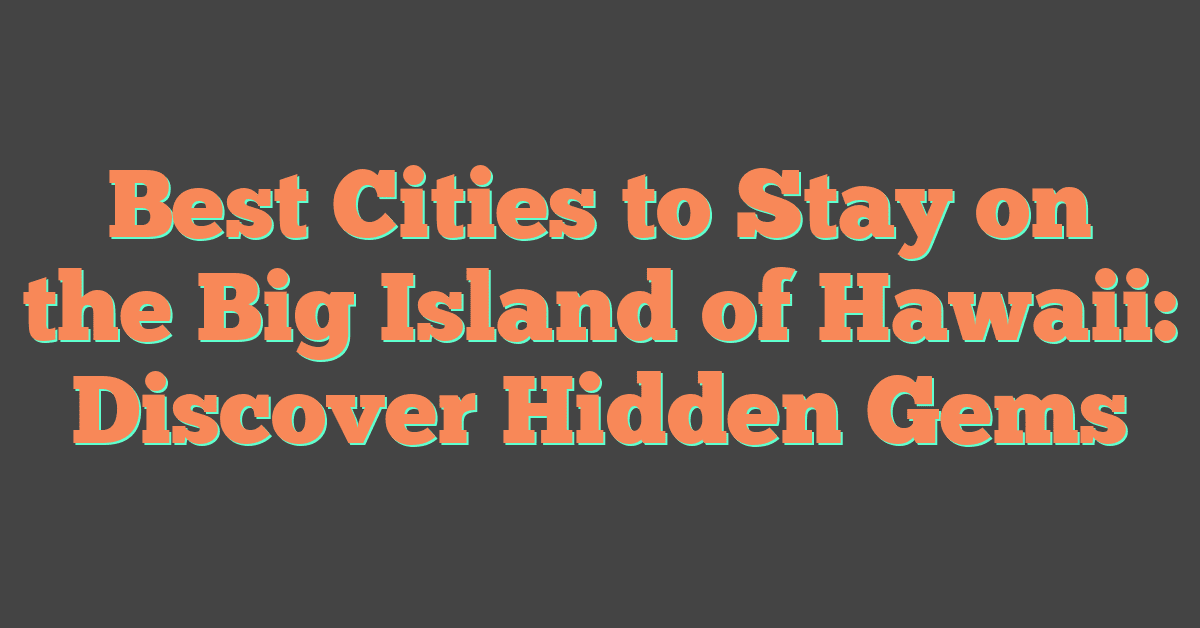Whenever I watch a Hawaiian canoe race, I feel the excitement of joining something special. The sport is both athletic and rich in tradition.

You can watch a Hawaiian canoe race in person at popular spots like Waikīkī Beach. You can also stream the action live online from home.
This way, whether you’re in Hawaii or far away, you can enjoy the energy and speed of the paddlers racing across the waves.
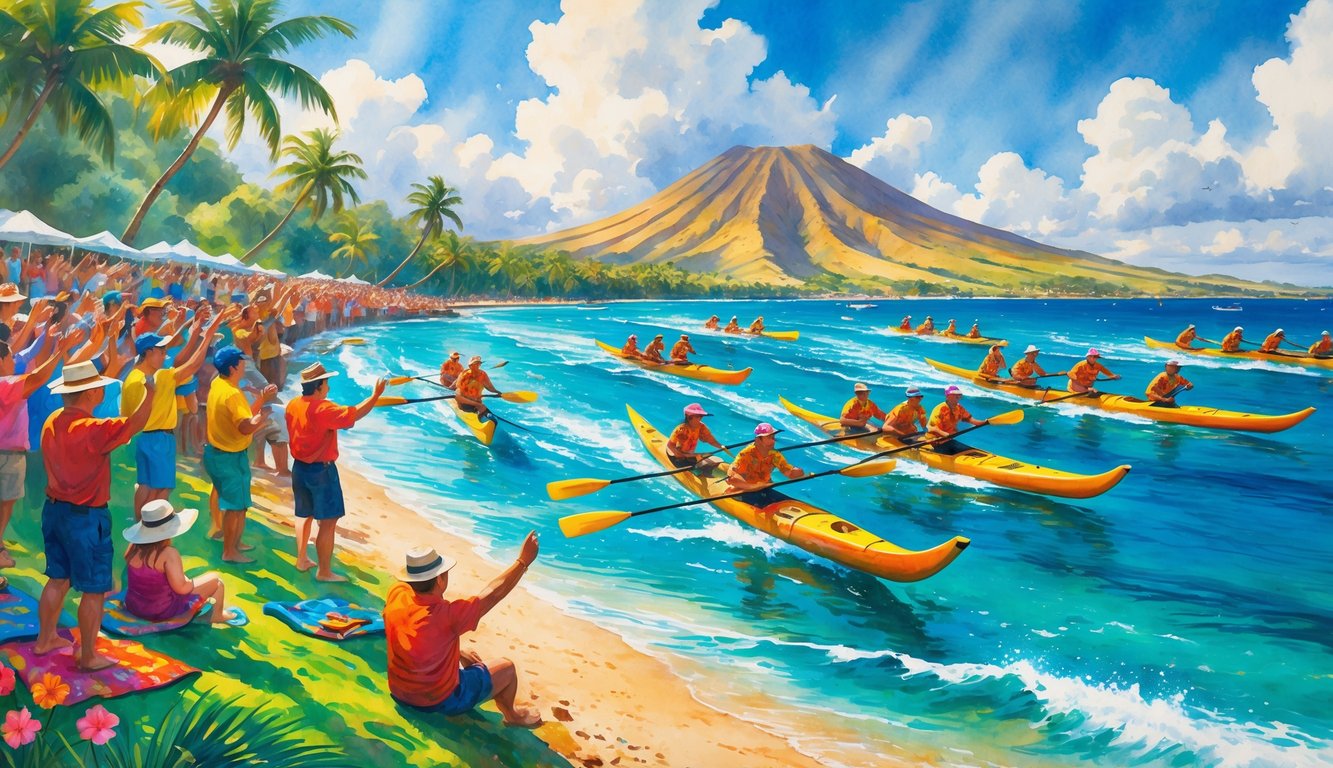
I check event schedules so I know where to go or which site to visit for a live stream. The Molokai Hoe is one of the most popular events and attracts teams from around the world.
The excitement and teamwork always make it worth watching.
Understanding Hawaiian Canoe Racing
Hawaiian canoe racing is deeply rooted in island life and Polynesian tradition. Each race connects people to culture, teamwork, and the ocean.
History and Cultural Traditions
When I watch a Hawaiian canoe race, I see more than competition. Outrigger canoe racing comes from ancient Polynesia, where canoes were essential for travel, fishing, and survival.
The first voyagers reached Hawai‘i by crossing the Pacific in canoes, guided by the stars and their knowledge of the sea.
Today’s races celebrate the value of ohana, or family, as teams rely on trust and unity. Traditional chants and ceremonies often open each event.
These moments honor ancestors and the spirit of the sea. Organizations like the Hawaiian Sailing Canoe Association keep culture alive by teaching old skills and sharing stories with the next generation.
Many races include blessings and hula performances that connect modern athletes to their roots.
Types of Canoe Races
There are two main types of canoe racing in Hawai‘i: regatta and long distance. Regatta races are held on set courses, often close to shore, with short sprints that test speed and teamwork.
Crews usually paddle in six-person canoes. The events are divided by age and skill.
Long distance races cover much farther distances, sometimes between islands. These races, like the famous Molokai Hoe, push paddlers to their limits across open ocean.
Other long-distance races may go along the coast or between cities. Outrigger canoes, called wa‘a, use a side float for stability, making them ideal for rough Hawaiian waters.
Events like the Queen Lili‘uokalani Canoe Race highlight the endurance and tradition of these canoes.
Race Organizations
Several groups organize canoe racing in Hawai‘i. The Hawaiian Canoe Racing Association sets race dates, rules, and supports clubs around the islands.
It oversees key events, from youth regattas to long distance challenges. Local groups like the Oahu Hawaiian Canoe Racing Association (OHCRA) focus on Oahu, but clubs from other islands join their events too.
Clubs include paddlers of all ages who share a sense of ohana and commitment. These organizations keep the sport fair, safe, and connected to cultural traditions.
They also offer training, scholarships, and community outreach to help the sport thrive.
Famous Hawaiian Canoe Races
Hawaii hosts some of the world’s most challenging and respected canoe races. These events test the skill and teamwork of paddlers, drawing teams from around the globe for tough courses over open ocean channels.
Molokai Hoe
The Molokai Hoe is one of the most iconic outrigger canoe races in Hawaii. Every October, crews of six paddlers launch their single-hulled canoes from Hale o Lono on Molokai.
They cross about 38 miles of the unpredictable Kaiwi Channel, heading toward the finish at Waikiki Beach near the historic Moana Hotel on Oʻahu. This event began in 1952 and is often called the world championship of men’s outrigger canoe paddling.
The race is famous for rough waters, strong currents, and the teamwork needed to complete the journey. More than 1,000 paddlers compete each year, making the Molokai Hoe a must-see for fans.
Na Wahine O Ke Kai
Na Wahine O Ke Kai highlights the amazing women who race in Hawaiian outrigger canoes. Starting at Kawakiu Bay on Molokai, teams cross the fierce Kaiwi Channel and finish at Waikiki on Oʻahu.
The race usually takes place in late September. This challenging event began in 1979 and has grown in popularity.
The all-women crews show incredible commitment and athleticism. Like the men’s race, the distance and ocean conditions push paddlers to their limits.
Na Wahine O Ke Kai helps promote women’s sports in Hawaii and beyond.
Other Notable Races
Besides the big channel crossings, Hawaii has several other exciting canoe races. The Queen Liliʻuokalani Canoe Race in Kona is the world’s largest long-distance outrigger canoe race.
It draws hundreds of crews each year and usually runs from late August to early September. Oʻahu also hosts seasonal races, such as those organized by the Oahu Hawaiian Canoe Racing Association.
These races happen at places like Maunalua Bay and Ala Moana. They are open to paddlers of all ages and skill levels.
Each event offers a chance to experience different courses and ocean conditions across the Hawaiian Islands.
Key Elements of a Canoe Race
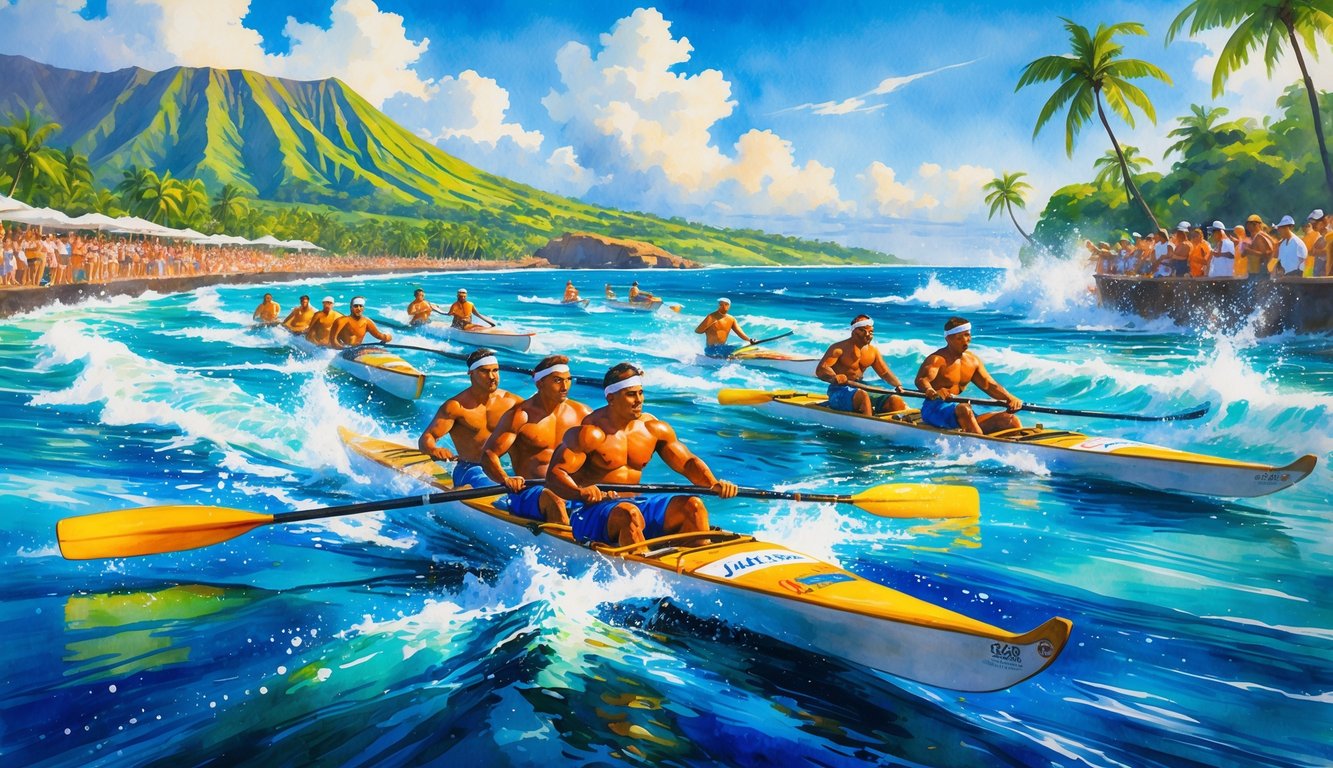
When I watch a Hawaiian canoe race, I notice there is much more to it than just crossing the finish line. Each part, from the boats to the teams and the race course, is important for the experience.
Canoe and Equipment
In every race, the outrigger canoe stands out. This special boat has a main hull and smaller support floats called outriggers.
These side supports help keep the canoe stable on the ocean. Most outrigger canoes are made of lightweight materials like fiberglass or carbon fiber to glide better through waves.
The length is usually around 40 feet, making room for all the paddlers. For distance races, the canoes must be strong enough for rough waters.
Each canoe needs paddles, bailers to remove water, and sometimes extra gear for safety and repair. Teams often decorate their canoes with colors or symbols for identification and pride.
Paddlers and Teams
Teams in Hawaiian canoe races usually have six paddlers. Each person has a special seat and job.
Seat 1 sets the pace, and Seat 6 steers with a larger paddle. Teamwork is vital.
The crew must paddle in sync so the canoe moves smoothly and quickly. In tough ocean races like the Molokai Hoe or Na Wahine O Ke Kai, paddlers face strong currents, winds, and high waves.
Strength, endurance, and determination are needed to finish. Paddlers support each other, switch roles if needed, and share snacks to keep up energy.
Courage is necessary, especially when conditions get challenging.
Course and Finish Line
The race usually begins at a set location, such as Hale O Lono on Molokai. From there, teams cross open water, passing through the Kaiwi Channel, until they reach famous beaches like Waikiki.
The route can be more than 40 miles long. Currents, tides, and changing weather add to the challenge.
Watching the race, I see how teams keep their focus and adjust their paddling when facing big swells or unexpected winds. The finish line is always full of excitement.
Spectators crowd popular spots such as Duke’s Beach, waiting to cheer. For each team, reaching the finish after a long ocean journey feels like victory.
Best Ways to Watch a Hawaiian Canoe Race
I can enjoy a Hawaiian canoe race in several ways. I can be there in person or follow all the action from home.
Both options let me experience the excitement and skill of the paddlers.
In-Person Viewing Locations
If I want to be a spectator at the race, some of the best spots are on Oʻahu at Waikīkī Beach. Many people gather at Duke’s Beach, in front of the Hilton Hawaiian Village.
This is where the canoes finish the race. It gets busy, so I arrive early for a good spot.
Crowds often line the sand and cheer as each team comes in. There aren’t many places to stay on Molokai, so most spectators watch from Oʻahu.
The excitement builds as the canoes appear on the horizon. To make the most of it, I bring water, snacks, and sunscreen.
Parking can be tough, so I plan ahead.
Livestream and TV Coverage
If I can’t be there in person, I tune in to KHON2’s livestream or other broadcast channels that show live coverage. These broadcasts follow the race from start to finish, with commentary and updates.
Livestreams help me follow my favorite crews and see close-ups of the action. Social media pages like the Oʻahu Hawaiian Canoe Racing Association’s Facebook offer live updates, interviews, and behind-the-scenes content.
Sometimes I watch on TV if a local station covers the event. This makes it easy to share the experience with my family.
Planning Your Race Experience
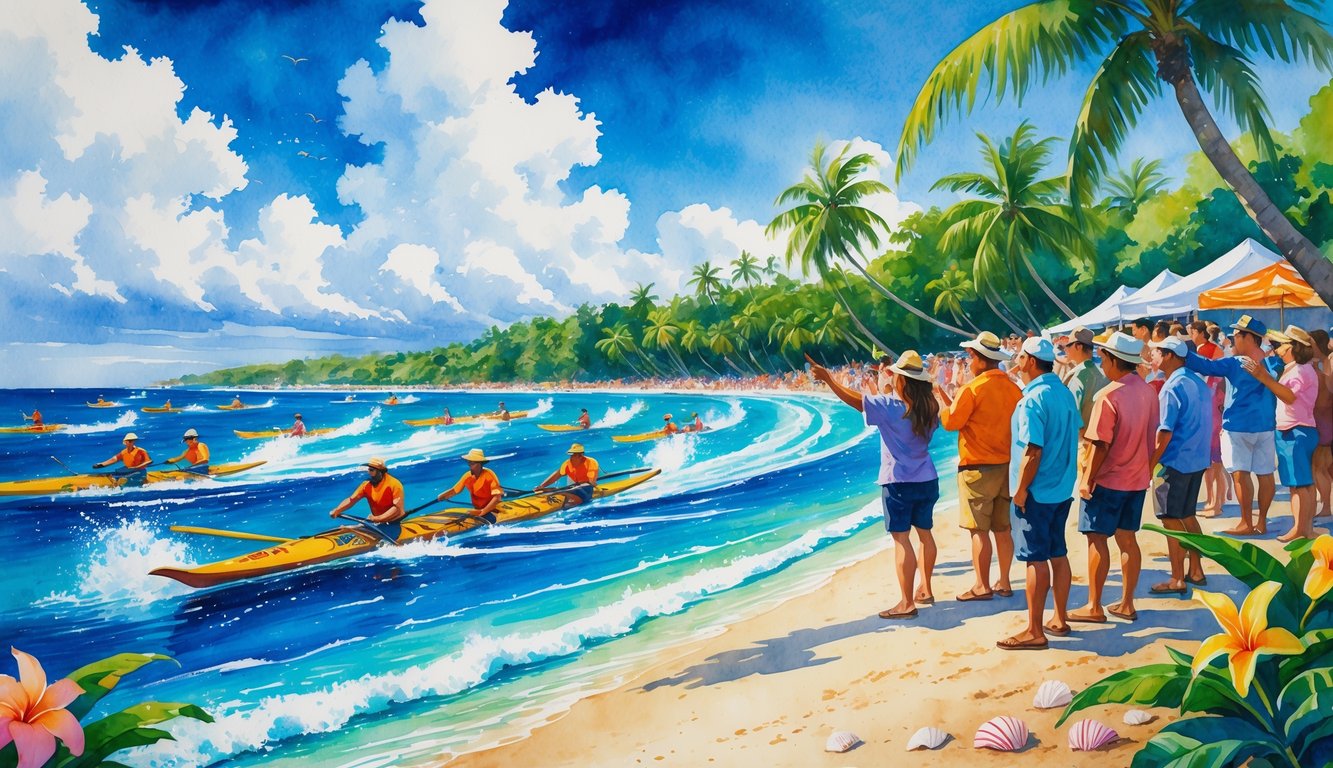
Getting ready to watch a Hawaiian canoe race means knowing when the race happens and how to stay safe. I also respect local customs so everyone can have a good time.
Race Schedule and Timing
Most major canoe races, like the Molokai Hoe, take place in October. Teams usually gather on the west side of Molokai early in the morning and then race across the Kaiwi Channel to Oahu.
I check the official event schedule ahead of time because times can change with ocean conditions or weather.
For in-person viewing, I find the finish line on Oahu, especially along Waikiki’s beaches, is the best spot to see the action. Duke’s Beach in front of the Hilton Hawaiian Village is a popular place, although it gets very crowded during the event.
Here’s a quick checklist I use for planning:
- Confirm the date and start time
- Arrive early to get a good spot
- Bring snacks, water, and sun protection
These steps help me enjoy the race and avoid missing key moments.
Safety and Etiquette
Safety matters around the ocean. The Kaiwi Channel has strong currents and sometimes high surf, so I stay alert if I watch from a shoreline or dock.
I avoid swimming close to the canoes or the finish zone.
When I’m at a crowded spot, I keep my belongings close and look out for other spectators. I also try not to block paths for athletes and volunteers.
Respect for Hawaiian culture is important. When people chant or perform ceremonies, I watch quietly.
If I’m unsure what to do, I listen to announcements or follow the lead of others who know the event better.
Getting Involved and Supporting the Sport
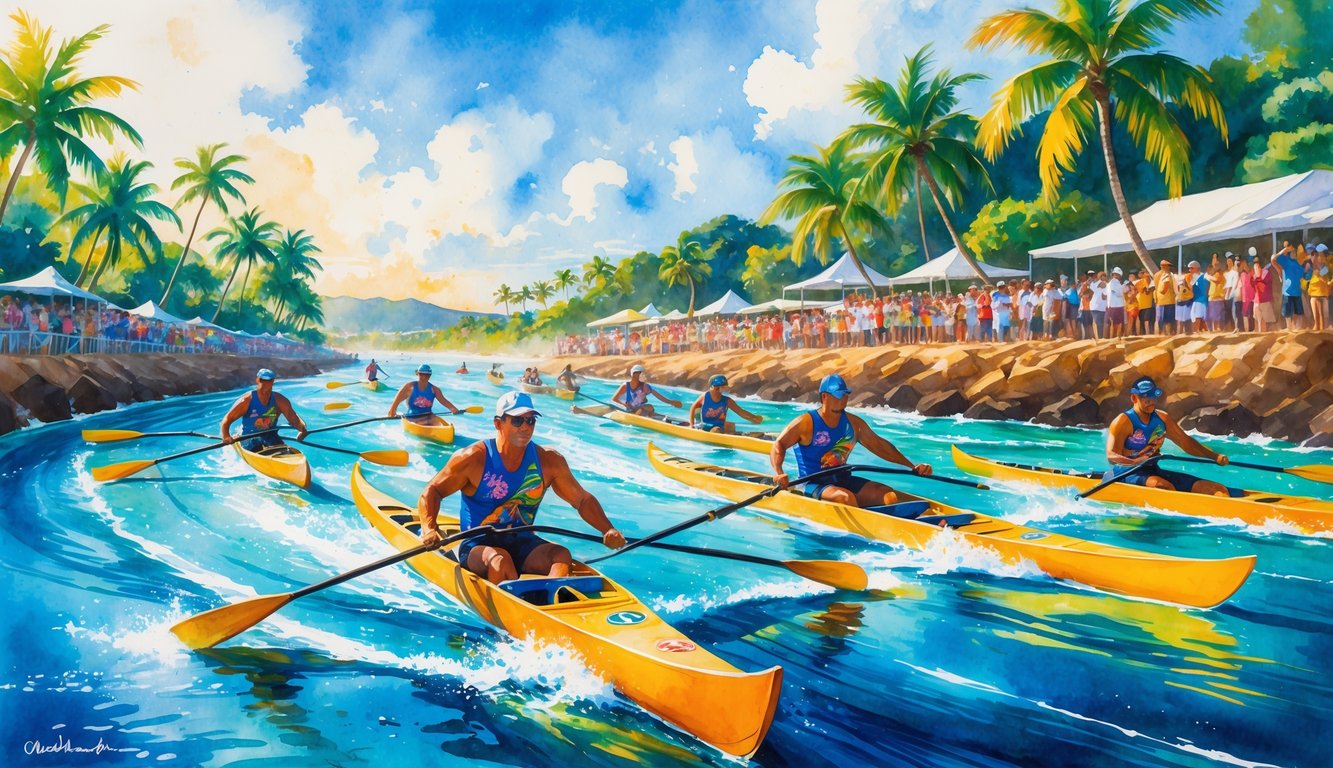
Fans and newcomers can help Hawaiian canoe racing in more ways than just watching from the beach. People can join in through volunteering, paddling, or supporting teams and events with sponsorships.
Volunteer and Participant Opportunities
When I wanted to get closer to canoe racing, I learned that volunteering is a great way to start. Races need extra hands for tasks like setting up tents, passing out water, timekeeping, and cleaning up after the event.
It’s a good way to meet paddlers and learn how events run.
If I’m interested in paddling, many clubs welcome beginners. Community classes and open practices let me get on the water, try paddling, and meet other fans of the sport.
Joining a club often starts with taking a class or introducing myself after a race, like the Molokai Hoe finish.
Ways to Get Involved:
- Sign up to volunteer before or after races
- Attend club intro events or beginner classes
- Offer help at the race’s start or finish area
Sponsorship and Community Support
Sponsorship supports both small local events and big races like the Molokai Hoe. Sponsors donate money, equipment, food, or offer places to stay for visiting teams.
Some sponsors help cover the costs of keeping traditional koa canoes in top shape.
As someone in the community, I can support clubs by buying team gear, joining fundraising events, or spreading the word about races. Businesses or individuals often get their logos on canoes, jerseys, or banners as part of their sponsorship.
Sponsorship Perks:
- Visibility for businesses on race day
- Helping preserve traditions like the use of koa wood canoes
- Supporting travel and training for local paddlers
- Connecting with Hawaii’s sporting spirit
Influence of Hawaiian Canoe Racing Beyond Hawai’i
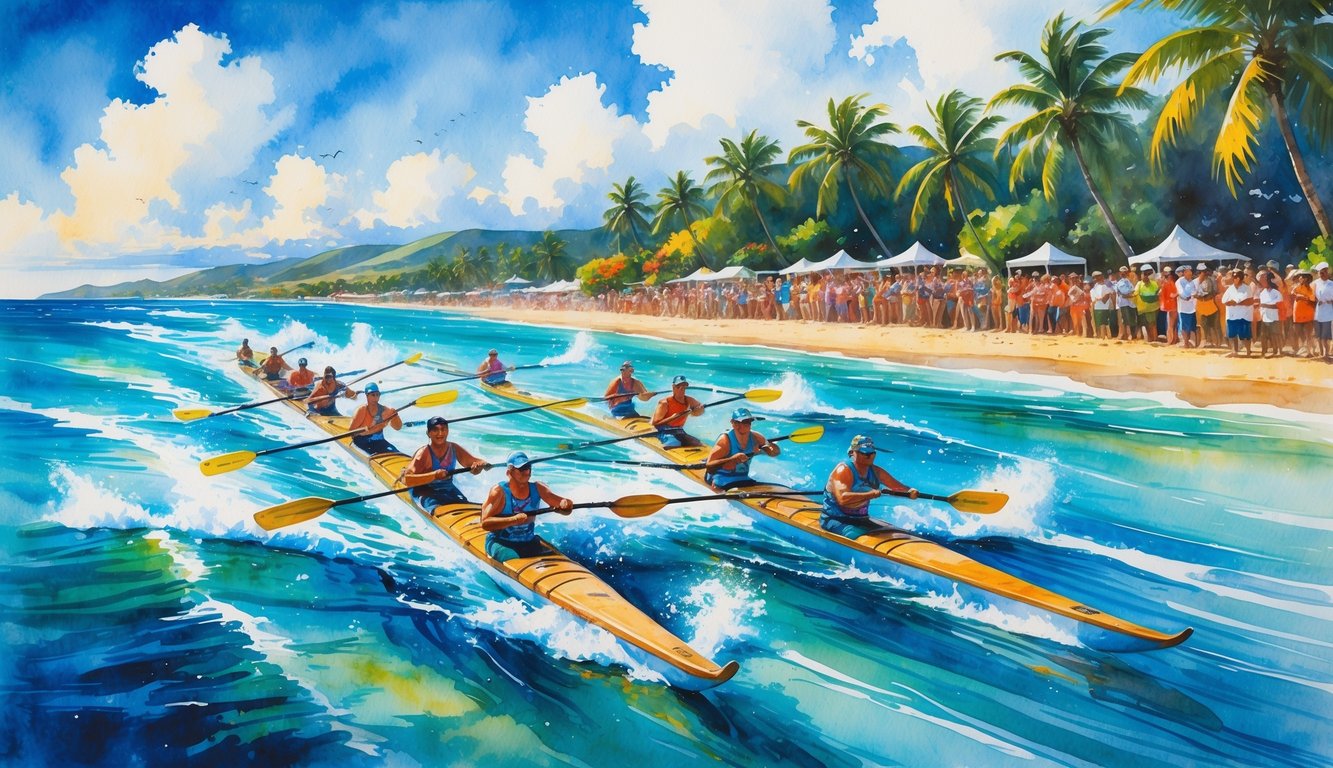
Hawaiian canoe racing inspires people around the world. Its traditions connect distant places and highlight the deep cultural roots shared with other islands, like Tahiti and across Polynesia.
International Growth
Today, teams from countries far beyond Hawai’i join outrigger canoe races. Popular races now happen in places such as California, Australia, and even Japan.
Clubs invite paddlers from all backgrounds, turning these events into international gatherings.
Outrigger canoe clubs teach both modern sports techniques and Hawaiian traditions. Children and adults, beginners and experts, are all welcome.
This spirit of inclusion helps the sport grow and reach new shores.
As races spread, so does the love for these special canoes. Many paddlers dream of racing in Hawai’i, which is known as the birthplace of modern outrigger canoe competition.
You can learn more about the sport’s reach in articles like this one on Hawaiian canoe culture.
Connection With Tahiti and Polynesia
Hawaiian canoe racing excites me because it has a strong tie to Tahiti and other Polynesian islands.
Each place has its own canoe styles, races, and stories, but our passion for paddling connects us.
Many traditions in Hawai’i are similar to those in Tahiti. For example, both cultures use double-hull voyaging canoes and hold special ceremonies before big races.
Teams from Tahiti often travel to Hawai’i for major competitions. Hawai’i teams also visit Tahiti for races.
The famous Molokaʻi Hoe race brings together paddlers from across the Pacific.
This shared heritage builds respect and friendship among island nations.
Hawaiian, Tahitian, and other Polynesian paddlers visit each other’s home islands. These visits help keep old customs and new friendships alive.
These connections show how a sport can carry important cultural values far beyond its original home.



